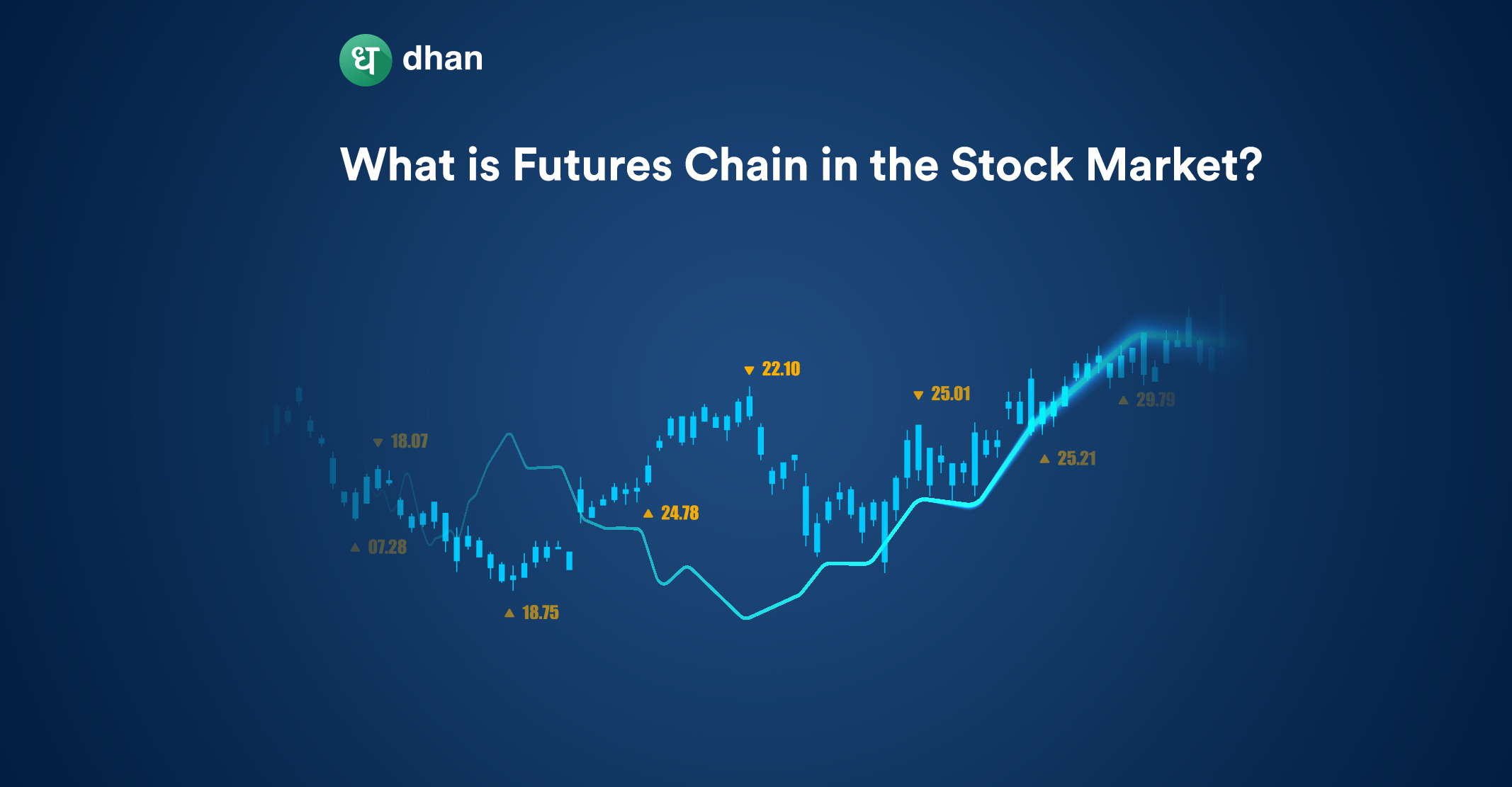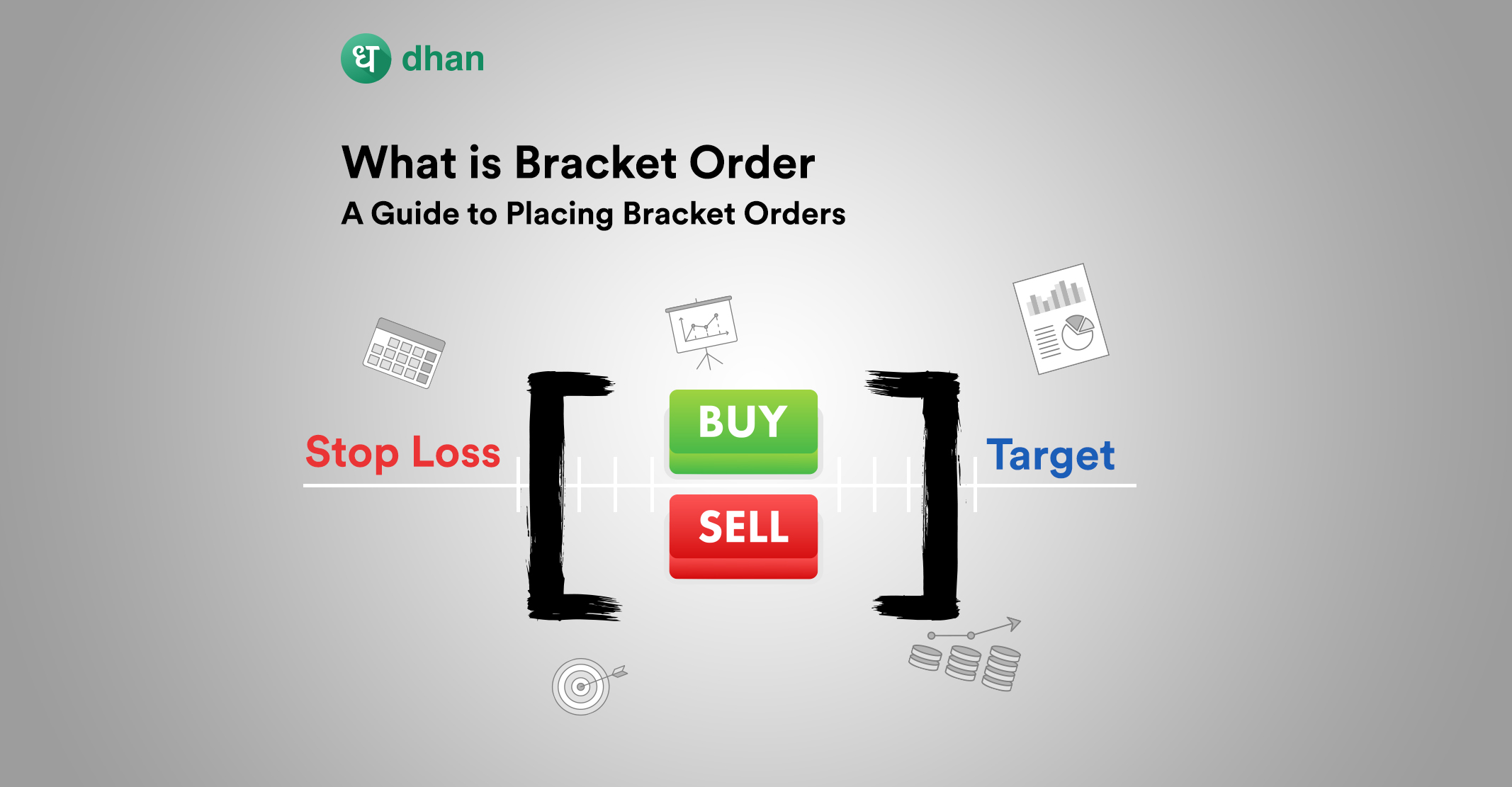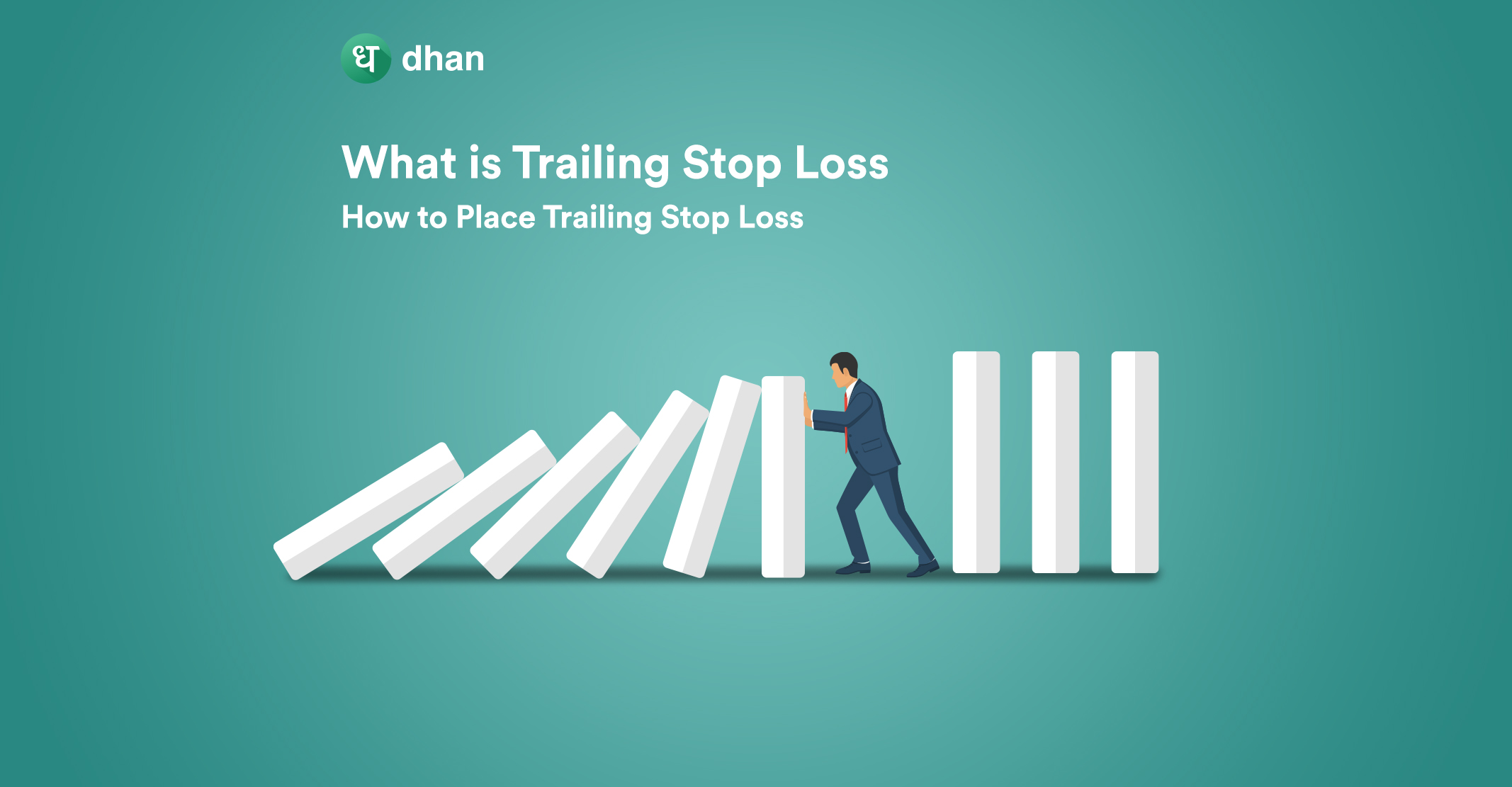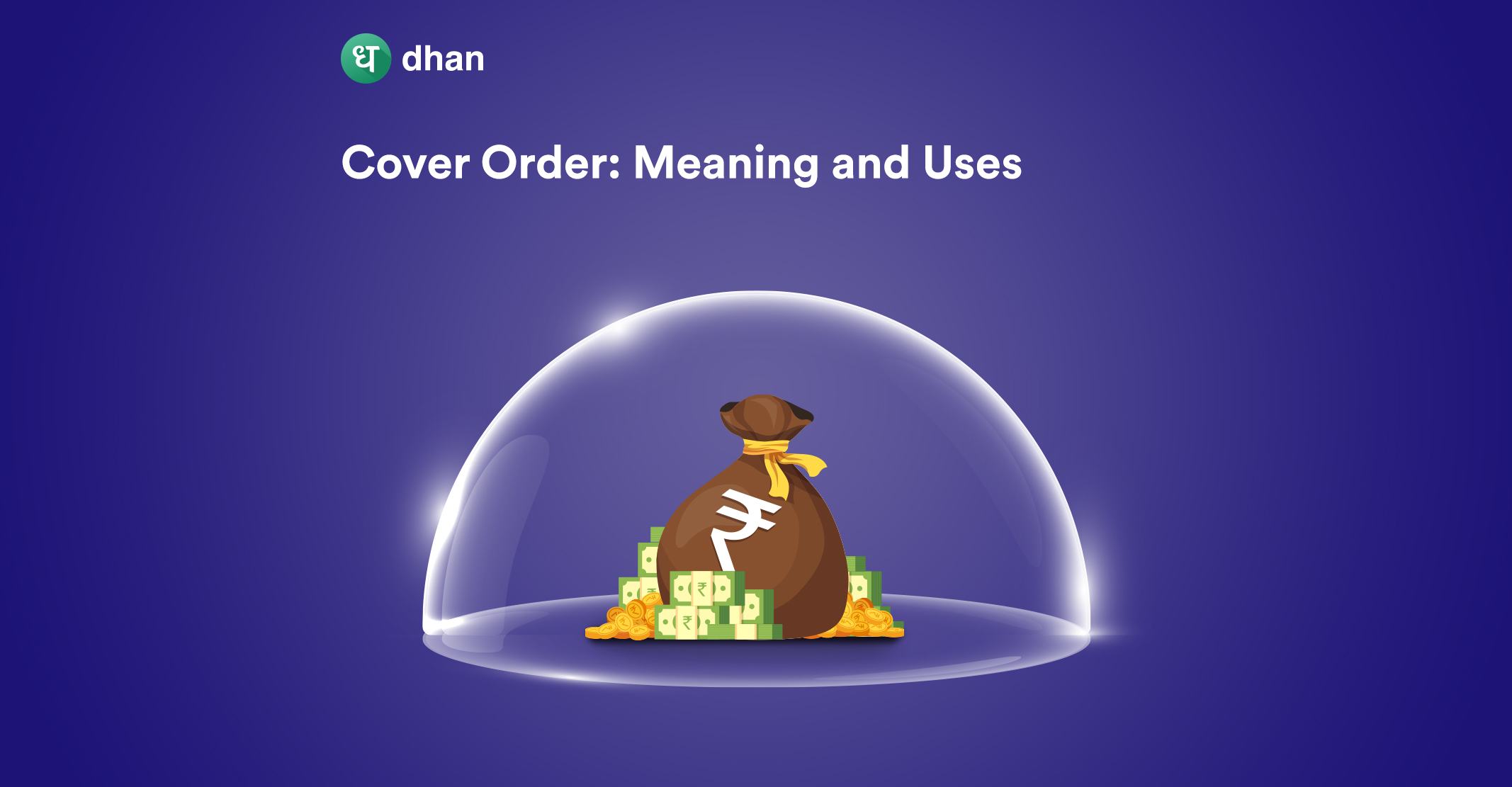As a derivative financial instrument, futures contracts allow you to hedge against risks, speculate on price movements, and diversify your overall portfolio.
Most traders, especially the ones who trade across segments, look to use the best tools for analyzing financial instruments.
One such effective tool is the futures chain. Let’s take a look at What is futures chain in the stock market.
What is Futures Chain in Stock Market?
A futures chain, sometimes also called a futures options chain or F&O chain, is a set of data that displays the pricing, open interest, volume, and other important details for all available futures contracts of a particular underlying asset.
You’d be able to see the contract size, expiration dates, open interest, and the bid and asks prices of each contract on the futures chain.
All of these pieces of information can add up to give you a broader picture of the market and the sentiment around a particular contract. Check out the image below to know what a futures chain looks like.

If you notice the image above, you’ll see that the futures chain is visible on charts. That’s because Dhan’s integration with TradingView allows you to access the future chain from charts so that you can analyze trends, check the OI, view the premium in futures contracts, and much more.
How to Trade Using Futures Chain?
There’s a reason why “chains” are popular in trading. They give a snapshot of all the important factors that you as a trader must know before taking a position on any futures contract. Knowing where to begin can be useful in such a case. Here are some crucial steps to trade using the futures chain:
1. Select the Underlying Asset
First, choose the underlying asset whose futures contracts you want to analyze. For instance, if you want to trade in Nifty futures, focus on the Nifty futures chain.
2. Choose the Expiration Date
Futures contracts have multiple expiration dates. Analyze the chain to find contracts with the desired expiration date to match your trading horizon.
3. Analyze Open Interest
Open interest indicates the number of outstanding contracts for a particular expiration date. A high open interest indicates that the market is actively trading that contract, which may lead to more liquidity and tighter bid-ask spreads.
4. Assess the Bid and Ask for Prices
The bid price represents the uppermost price a potential buyer is willing to pay for a given contract. Conversely, the asking price is the minimum amount a seller is willing to accept for the same contract.
Analyzing the bid and ask prices can help you determine the market sentiment and identify potential entry and exit points.
5. Monitor Price Movements
Keep an eye on the price fluctuations of the futures contracts. Price changes can provide valuable insights into market trends and potential trading opportunities. The easiest way to do this is to use the futures chain on Dhan.
Dhan helps you access the futures chain by simply right-clicking on charts. In fact, you can analyze the futures chain from charts and place an order right from there. It’s that simple.
Our collaboration with TradingView means an intuitive futures chain analysis experience for our users. The following video will give you a flavor of what you can expect on Dhan.
Benefits of Using Futures Chain
Futures chains offer numerous advantages to traders, similar to options chains. Some of the key benefits include:
- Market sentiment analysis: Futures chains allow traders to gauge market sentiment by analyzing open interest, bid and ask prices, and price movements.
- Informed decision-making: By providing comprehensive information on various contract details, futures chains enable traders to make more informed decisions when entering or exiting trades.
- Risk management: Futures chains can help traders identify potential hedging opportunities by analyzing the prices and contract terms of different futures contracts. This allows them to manage risks associated with their trading portfolios more effectively.
- Diversification: Futures chains offer insights into contracts across various asset classes, including stocks, indices, currencies, and commodities. This enables traders to diversify their trading portfolios and spread risk across different market segments.
- Enhanced trading strategies: By understanding the dynamics of the futures chain, traders can develop advanced trading strategies, such as calendar spreads and arbitrage opportunities, to maximize their returns.
Conclusion
The futures chain in stock market is a useful tool for traders looking to build online f&o strategies. By offering a comprehensive overview of futures contracts, it empowers traders to make informed decisions, optimize strategies, and improve portfolio performance.



